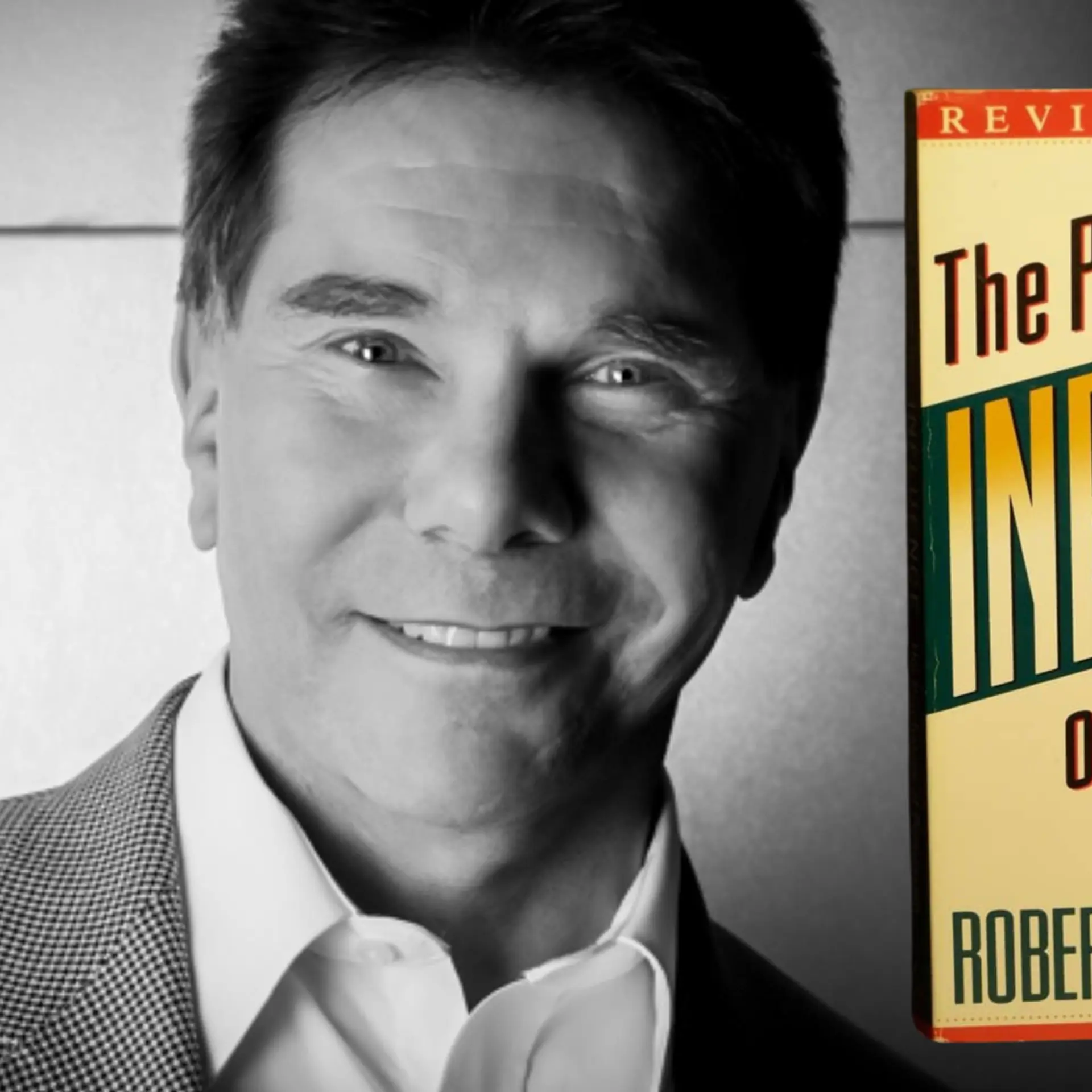Find the right talent, but better to let go of people sooner if they are not the right fit: Houzz founder Adi Tatarko
Adi Tatarko is a self-made woman, and at 44, she is on the Forbes list of America’s Richest Self-Made Women and said to be worth $300 million. She founded Houzz in 2009 as a personal project to help people remodel their homes following her own individual experiences while remodeling her home. Seeing its success, she quit her job at an investment firm to concentrate on the venture full-time. After eight years of hard work and raising $213.6 million, Houzz is setting foot in India.
Like most entrepreneurs, she is very candid about her experiences. In a free-wheeling conversation with YourStory she talks about matters personal and business; how her mother and grandmother inspired her to become an entrepreneur; how it makes sense to let go of senior people when they do not fit the company’s vision and goals; how the marketplace works best to change the fortunes of small businesses; and importantly, whether Houzz will be as successful in India as it has been in the US, especially with all the troubles e-commerce is facing here. Edited excerpts of the interview:

YS. Did you always want to become an entrepreneur, and what were the fears when you started out?
AT. No, entrepreneurship was not on my mind. Even though I’m third in a line of female entrepreneurs, I never thought I would follow in their footsteps. When my husband, Alon Cohen, and I founded Houzz in 2009, I was working at an investment firm and juggling the demands of work and home, managing two young children. Our personal project – a tool to help us with our home remodel – took off unexpectedly, and I became an entrepreneur too. When we began our business, we went to our local community, and they were part of this project; it was a lot of fun to work on it. During the early days, working on Houzz as a side project, we were so passionate. It helped us focus on building a great product and user experience, without worrying about other aspects of being a startup. In retrospect, we didn’t realise that what we were doing was bootstrapping. But it enabled us to take our time and build the company from the ground up the right way.
We built something useful, something that people not only needed, but also loved. Houzz grew organically. It is how we’ve grown to a community of over 40 million monthly unique users and over 1.5 million active home professionals all over the world. Aside from the advantages of having my husband as a partner, we were fortunate to meet several mentors early on who gave us valuable advice, such as Oren Zeev, who led our Series A financing.
YS. Talk me through the early days of Houzz and its growth.
AT. In 2009, Alon and I started renovating a 1950s ranch home we had just bought in Palo Alto, California. We were excited about the renovation, and had big dreams for our home and what it would be like to renovate it together. Unfortunately, we quickly found the process to be incredibly difficult and frustrating. We had a hard time finding good resources and inspiration to help us articulate a vision for our home and selecting the right professionals to make it a reality. It seemed that while other major industries had gone online, the home remodeling and design industry was still stuck in the past.
We relied on the clumsy process of looking for pictures in books and magazines to help us articulate our vision. In each book, there was maybe one relevant picture, which sometimes only one of us liked. Finding the right professionals was also a challenge. We reached out to home renovation and design professionals based on referrals from friends and family who didn’t necessarily have the same vision, style, budget or needs as we did. After spinning our wheels for over a year, we ended up throwing out the initial plans we received and starting all over again, which was both expensive and time consuming.
YS. Was it frustrating?
AT. This frustration, of struggling over a year, led us to create Houzz. We shared our concept with other homeowners – mainly parents at our kids’ school – as well as designers and architects in the San Francisco Bay Area, and found that both groups were excited by the idea. That was the beginning of the Houzz community. Since then, the side project has become a real company, and the small group of homeowners and home professionals in the Bay Area has become a large community across the world.
YS. As an entrepreneur, how have you changed from your first fund raise to the fourth one?
AT. Raising money has never been a goal for us. Since day one, our mission and focus has been deliver the best technology and user experience for home remodeling and design, and that’s still our mission today. In all four rounds, we were fortunate to bring onboard the best partners as investors, who have completely supported us on our mission to transform the industry.
YS. How did Houzz scale up in the US and what is your India strategy, given that the two countries have different cultures and tastes?
AT. We started Houzz to solve a problem for ourselves and quickly learned that others were experiencing the same pain point. On Houzz, you can find inspiration, advice and professionals for any style, budget and home -- whether you are decorating a small room on a tight budget in the city or building a very expensive custom home in the countryside. Houzz helps make the process of improving or designing your home more fun and productive, no matter what your taste, style or budget.
Our focus on creating the best experience for each market in which we operate, taking into account the specific needs of local homeowners and home professionals, accounts for our success in the 13 other markets we’ve launched in outside the US.
In India specifically, we’ve gone beyond using the right terminology to customise the experience based on the structure and standards of the local industry.
We believe that the combination of localisation with global access is creating a rich and relevant experience for both homeowners and professionals in India, as it has in the other markets where we have launched the localised platform. In fact, we have already heard many stories from Indian home professionals of how Houzz has helped them.
For example, an interior designer based in Mumbai has worked on projects all over India because of Houzz. Being contacted by potential clients from all over India and from other countries and continents is something that is only available because of the broad, global Houzz community. We’re focused on creating the best product and experience for the Indian market, and helping to make the home renovation process better for both homeowners and home professionals.
Even prior to launching, we already had a strong, active community of more than one million Indians who use Houzz every month to renovate and design their homes, and over 50,000 Indian home professionals who use Houzz to build their brands, collaborate with current clients and connect with homeowners. This focus on localising Houzz for a market and building a strong community has resulted in substantial growth in all of the other markets we have launched in outside of the US thus far.
YS. In a generation where raising funds is the norm for startups, how important is cash generated from operations for your business, which essentially defines whether a business succeeds in the future or not?
AT. This is very important. When a company builds a substantial business, it has full control and independence. At this point, the decision of whether to raise funds or not becomes secondary and supportive of initiatives, rather than a goal in itself.
YS. What mistakes did you make as an entrepreneur, and did you learn from them?
AT. My husband and I identified hiring as a very important function for the company. Since we wanted to build the company, we invested a lot of time and energy recruiting the best people early on. In fact, we still do that today. As a result, we brought on talented people who helped us build a great product and culture.
That said, when you invest so much in the hiring process, you’re getting more attached to the people, and it becomes difficult to admit when someone is no longer a good fit. Investing in the hiring process will reduce mistakes, but not eliminate them completely. When someone is not a good fit, it’s better to let go sooner rather than later. In earlier stages, I really struggled to let go and move on.
Ultimately, I learned that hanging on was more detrimental to everyone involved. When the wrong person is in the wrong position, it’s best to part ways as soon as possible.
YS: What will your advice to young entrepreneurs in India be?
AT. I would advise that young entrepreneurs spend the first six months to a year building a great product or service and then proving to themselves that their idea is good and that they can execute it. Prove to yourself that the product works before you chase investors. There are only two things you need to prove to investors as a first-time entrepreneur. One is proof that your idea is a good one and that it can work, and the second is that you are the right person to execute and scale it. Bootstrapping our company turned out to be one of the best things that happened to us. When Alon and I decided to bring on investors, we didn’t just have an idea of what we were going to do, we had a proven concept with an engaged community, and knew how to execute.

YS. Is it good to fail? If yes, what does failure mean to you?
AT. You can’t innovate without making some mistakes along the way. The key is to learn from the failure, and to try again. Sometimes you work on something for a long time and you realise it didn’t turn out exactly the way you imagined. Sometimes, some things that you were very skeptical about, but were open to try, turn out to be very well received. Trying new things and getting constant feedback from your users is essential and an integral part of innovation.
YS. What are your inspirations, and what keeps you motivated on a day-to-day basis?
AT. It’s all about the people. The people that help us build Houzz all over the world day-to-day and the people that are part of the Houzz community. Probably the most rewarding part of our job is hearing how we’re helping small businesses to succeed, and people to achieve the vision for their homes, no matter how small or big their budget. When we’ve had a bad day, Alon and I will read our app reviews, or emails and comments from our community members. Knowing that we’re solving real problems is incredibly gratifying. It makes it all feel worthwhile.







